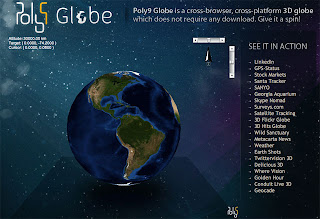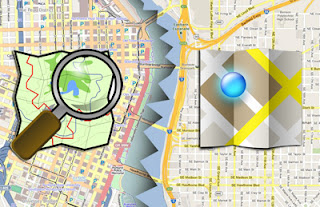
Apple’s mapping puzzles

What will Apple do with its $97.6bn reserves? Maybe their own mapping solution… From couple of years Apple started collecting
pieces of a perfect mapping puzzle.
First piece
First in mid 2009 Cupertino quietly acquired Placebase – Maps API company. Then, founder and CEO of Placebase, Jaron Waldman, started working at Apple on a new “Geo Team”, presumably helping to integrate Placebase mapping technologies into future Apple products. At the time, there was a growing rift between Apple and Google due to Android, resulting in then-CEO Eric Schmidt resigning from Apple’s board. It was believed at the time that PlaceBase might serve as some substitute for Google mapping data used in iOS’s Maps app. Well… it didn’t but Placebase Geo Team worked on something new and in August 2011 they’ve filed a patent of so-called ‘schematic maps’ which is a technology of smart generalization of map data.
Second piece
A year later, Apple acquired another mapping company – Poly9, a Canadian start-up that specialized in connecting mapping data with other data sources to create unique map-based visualizations. Poly9 was mostly known from its Poly9 Globe project which was JavaScript-based 3D globe similar to Google Earth but available on web browsers. Media immediately started to speculate about Apple Earth of Google Earth killer but we didn’t hear nothing about Poly9 from that time.
Third piece

In October 2011 Apple has acquired a third mapping company C3 Technologies – which specializes in spectacular 3D mapping based on SAAB’s military technology. In generally it gives different experience than Google Earth because it’s all generated from photorealistic aircraft images and it gives Cupertino data and technology to create something truly mind-blowing (at least from Apple worshipers perspective). This was as well a sign to Nokia and Windows Phone as the Finnish giant is using C3 maps in they’re 3D web maps.
Where is it all going?
How and when Apple will put this technology into iOS users’ hands is still a mystery. But it’s clear that Apple intends to put the pieces of technology it has acquired so far together to do for mapping what it has done for voice control with Siri. Meanwhile despite all rumors, iOS 5 launched in October 2011 is still be default equipped with Google’s mapping service and Apple had recently extended its agreement with Google.






